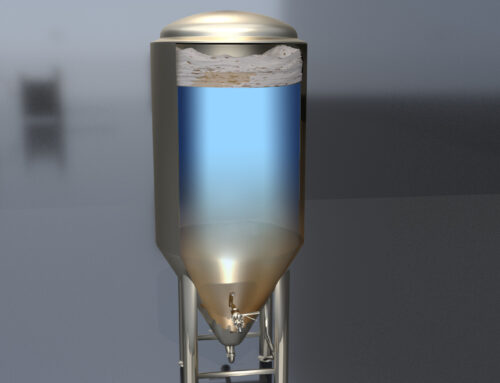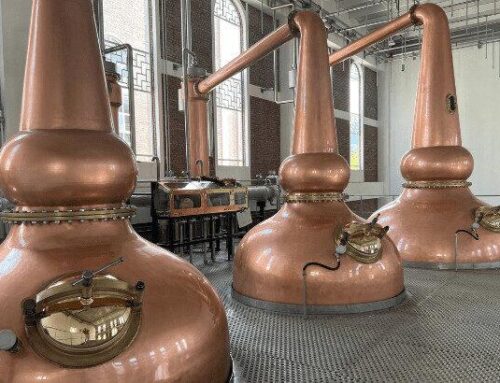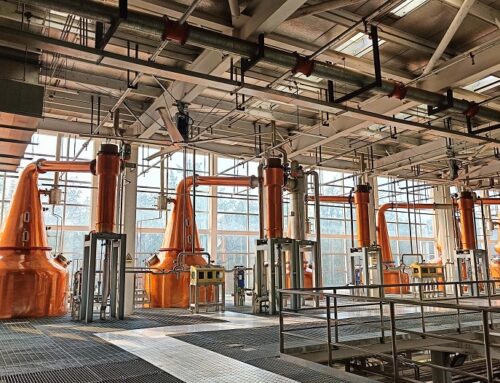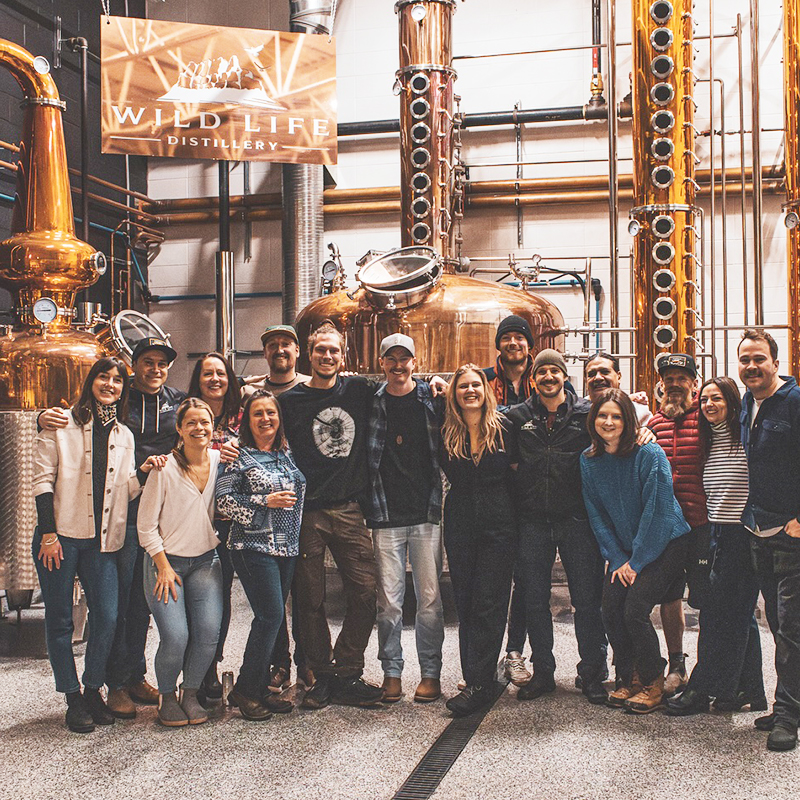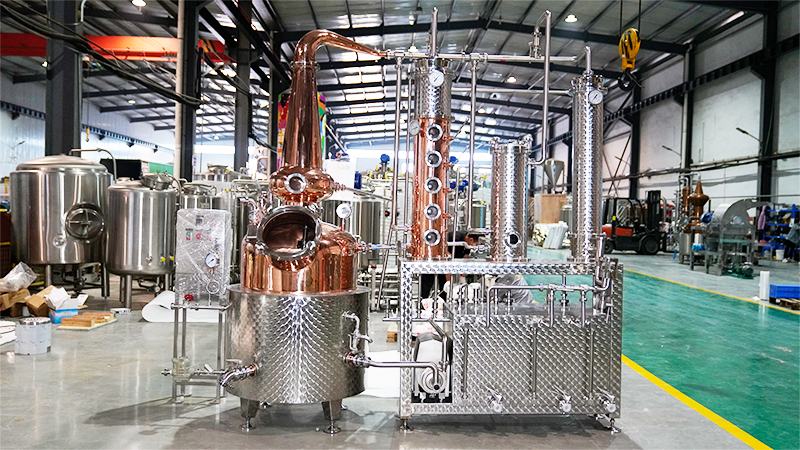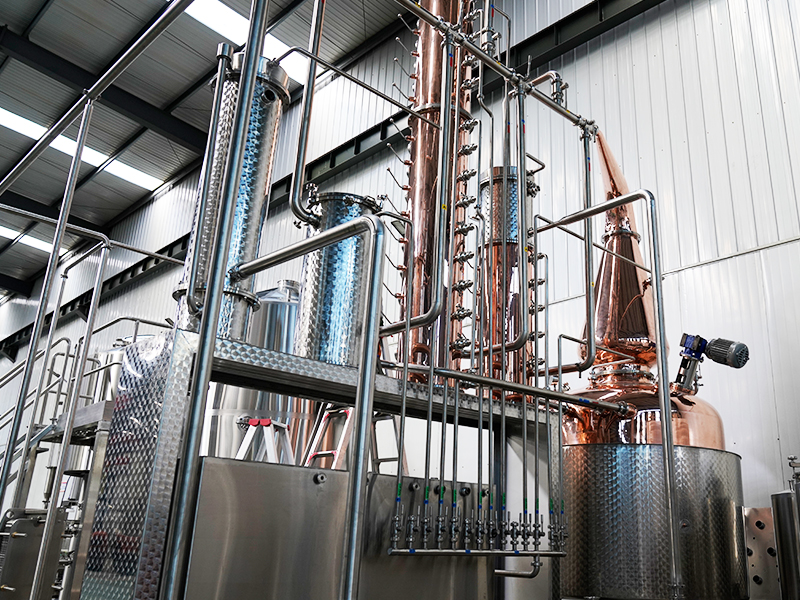
The Difference Between Wine and Spirits
In the world of alcoholic beverages, wine and spirits represent two distinct categories, each with unique ingredients, production methods, and alcohol content. While both undergo fermentation, the processes and outcomes differ significantly.
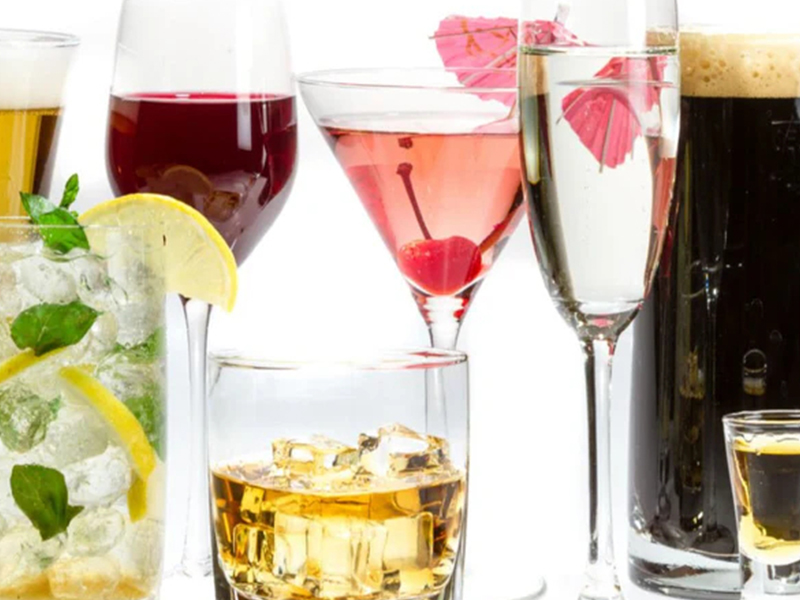
What Is Wine?
Wine is an alcoholic drink made primarily from fermented grapes. The natural sugars in grapes are converted into alcohol through fermentation, typically using wine-specific yeast. No additional sugars or ingredients are required to initiate this process, thanks to the grape’s balanced chemistry.
The character of a wine is shaped by various elements—grape variety, terroir (climate, soil, and vineyard location), fermentation style, and aging methods. Wines can be aged in stainless steel tanks or oak barrels, each contributing differently to the aroma and texture. Red, white, and rosé wines are the main categories, each offering a broad spectrum of flavor profiles depending on grape selection and production techniques.
What Are Spirits?
Spirits, also known as distilled beverages, are made by distilling a fermented base such as grains, fruits, or vegetables. Unlike wine, the goal in spirit production is to extract and concentrate the alcohol through distillation. This process involves heating the fermented liquid to separate alcohol from water and other compounds, resulting in a much stronger final product.
Common spirits include vodka, whiskey, rum, gin, and tequila. Each type has its own raw materials and distinctive production process:
Vodka: Typically made from grains or potatoes, distilled multiple times for purity.
Whiskey: Made from grain mash, aged in wooden barrels to develop flavor.
Rum: Produced from sugarcane or molasses, often with a sweet profile.
Gin: Flavored with botanicals, primarily juniper berries.
Tequila: Distilled from the agave plant, with a bold, earthy character.

Key Distinctions
1. Production Method
Wine: Created solely through fermentation.
Spirits: Undergo fermentation followed by distillation to increase alcohol concentration.
2. Alcohol Content
Wine: Typically ranges from 10% to 15% alcohol by volume (ABV).
Spirits: Generally range from 35% to 50% ABV, making them significantly stronger.
3. Ingredients
Wine: Made mainly from grapes, though some fruit wines use berries or cherries.
Spirits: Made from a variety of raw materials like grains, sugarcane, potatoes, or agave.
4. Consumption
Wine: Commonly paired with meals and enjoyed in larger servings.
Spirits: Consumed in smaller quantities, either neat, on the rocks, or as part of cocktails.
Final Thoughts
While both wine and spirits are enjoyed worldwide, their fundamental differences lie in the ingredients and production techniques. Wine reflects the complexity of grape growing and fermentation, while spirits showcase the precision of distillation and aging. Understanding these differences helps consumers better appreciate the craftsmanship behind every glass.

